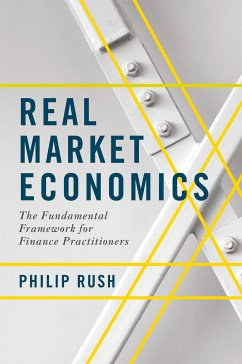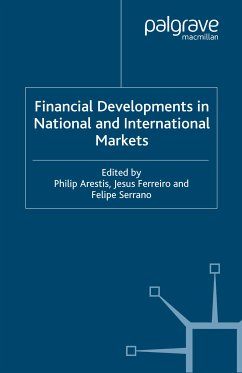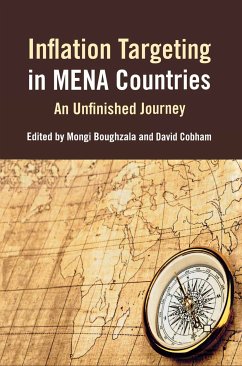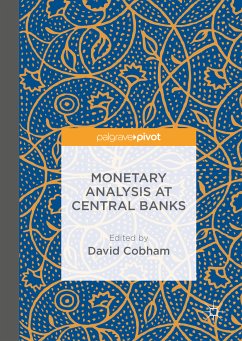This book provides a framework for understanding the economics that drive markets, enabling investment professionals to understand the reality of markets and models, and to ‘be where the profits are’.
Economics is about the allocation of resources, so it is at the heart of markets. And yet to many, economics is a field that feels far removed from the realities of what they see trading. Common sense, some entrepreneurial intuition and a decent dose of luck might seem like the only tools one needs to navigate a profitable course, especially when approaching a new financial market.
This is, however, a weak framework. It is one where inconsistencies can thrive, cancelling out the rewards of erstwhile successful views or leaving no protection when risks crystallize. Of course, luck is always welcome, but there is no accounting for it. Relying on luck for returns is to make those returns completely un-replicable and thus unstable – a recipe for an unintentionally short relationship with real markets. A robust framework is needed instead.
Split into three parts, Real Market Economics first builds the core framework of economic concepts, starting with real levels of activity before turning to growth in it and then prices, ending with the dynamics of business cycles. Part two adds on the stabilizing crossbeams, including the new macroprudential policies next to the more conventional monetary and fiscal ones. It then addresses how we might watch and anticipate policy changes. Finally, part three liberally coats the framework with financial markets, thereby making the completed framework's robust structure truly useful for investing in real markets.
Economics is about the allocation of resources, so it is at the heart of markets. And yet to many, economics is a field that feels far removed from the realities of what they see trading. Common sense, some entrepreneurial intuition and a decent dose of luck might seem like the only tools one needs to navigate a profitable course, especially when approaching a new financial market.
This is, however, a weak framework. It is one where inconsistencies can thrive, cancelling out the rewards of erstwhile successful views or leaving no protection when risks crystallize. Of course, luck is always welcome, but there is no accounting for it. Relying on luck for returns is to make those returns completely un-replicable and thus unstable – a recipe for an unintentionally short relationship with real markets. A robust framework is needed instead.
Split into three parts, Real Market Economics first builds the core framework of economic concepts, starting with real levels of activity before turning to growth in it and then prices, ending with the dynamics of business cycles. Part two adds on the stabilizing crossbeams, including the new macroprudential policies next to the more conventional monetary and fiscal ones. It then addresses how we might watch and anticipate policy changes. Finally, part three liberally coats the framework with financial markets, thereby making the completed framework's robust structure truly useful for investing in real markets.








